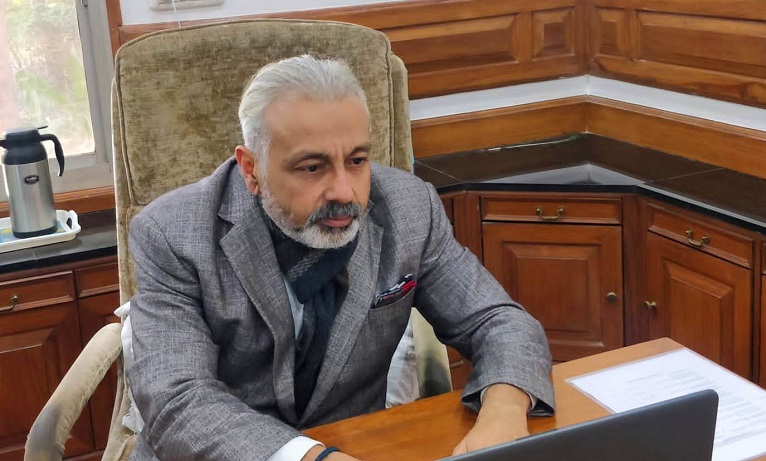Technology Integration in Modern Classrooms
Those days are now gone when the students used to take notes hurriedly while the teachers delivered lectures. Technology for schools is a driving force in education in the twenty-first century and schools are rapidly adjusting to it as well as embracing this change.
Smart boards in the classroom, projectors, smart tables, and integrated learning systems are being developed. These technological advancements in education are required to prepare students for their future careers.
Here’s what Anoop Bishnoi, Chairman of The Doon School, Dehradun, has to say about it, “New technology opens up new possibilities in all aspects of life. Implementing technology in schools is a prime example of such a chance. The use of technology promotes collaboration between students and teachers by incorporating rapid learning. Smart boards, smart tables, and projectors are examples of tools that improve the learning and teaching experience. The use of an integrated learning system ensures that the curriculum is better structured. The current post-pandemic period provides the best opportunity for schools to transition into integrated learning systems.”
Students today live in a very different world than students in the past. Technology has altered the way they play, learn, and interact with one another. From instant access to limitless sources of information to evolving expectations for customization and control, technological advancement has permeated nearly every aspect of daily life, including education. Teachers can customize learning based on student needs by incorporating technology into classrooms. While technology is a vehicle for driving educational success, it is the teacher who integrates these elements coherently into a personalized learning environment. Any classroom technology endeavor must prioritize student outcomes.




Comments
Post a Comment